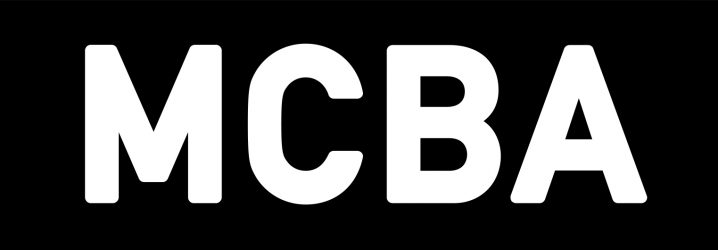Georges Lepape
Le Festin (The Feast), Gazette du Bon Ton, 1912
The first fashion magazine to be colored by pochoir, available only to subscribers for 100 French francs per year (about $500 USD today). The keyline was printed in dark blue for this image. There are sixteen colors in this print, including gold and silver. With a magnifying lens, you can see the brush strokes and the colors building up slightly at the edges.
Stencils have been used in every country with every medium possible since caves were decorated with hand prints thousands of years ago. Traditional French pochoir, with metal stencils (aluminum, copper, zinc, pewter), arose in Paris just before the turn of the twentieth century and had its most fertile period from the 1900s through the 1960s. The main role for stenciling was to reproduce works of art, since the printing technology during the earliest period was not able to faithfully reproduce the original colors of the artwork. The process became a highly refined use of stencils and is capable of a variety of subtle effects. Sonia Delaunay made dramatic use of pochoir techniques with her bold brushwork, as can be seen in La Prose du Transsibérien Re-creation. Note that she did not do the pochoir for the edition of about eighty copies: it is likely that the pochoir was done at Imprimérie Crété just outside Paris where the book’s pages were typeset and printed. She painted an oil painting to accompany Blaise Cendrars’ poem first, then made a model in gouache for the pocheurs to reproduce.
The variety of possible effects are shown in the five prints produced by Nathalie Couderc and Christine Menguy at Atelier Coloris in Ploubazlanec, France (the last remaining commercial pochoir firm in France), and in the page by artist Georges Lepape from the fashion magazine, Gazette du Bon Ton. Nathalie and Christine worked for the famous pochoir company Daniel Jacomet from 1975 to 1981; upon its closure, they formed their own business called Atelier Coloris to reproduce artwork by pochoir for museums and others. Kitty Maryatt studied with them first in 2015 and again in 2017 when Christine supervised the early production of the La Prose du Transsibérien Re-creation edition. Some of the prints have an underlying collotype-printed keyline base with pochoir on top (e.g. Gazette du Bon Ton), while others are pure pochoir (e.g. Matisse).

